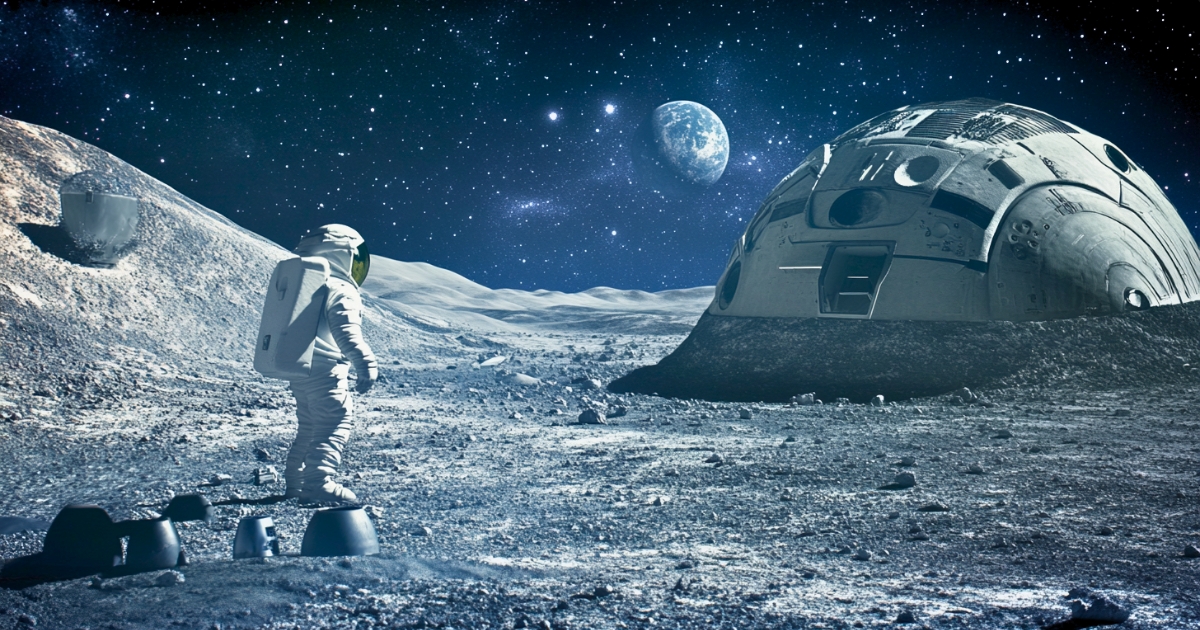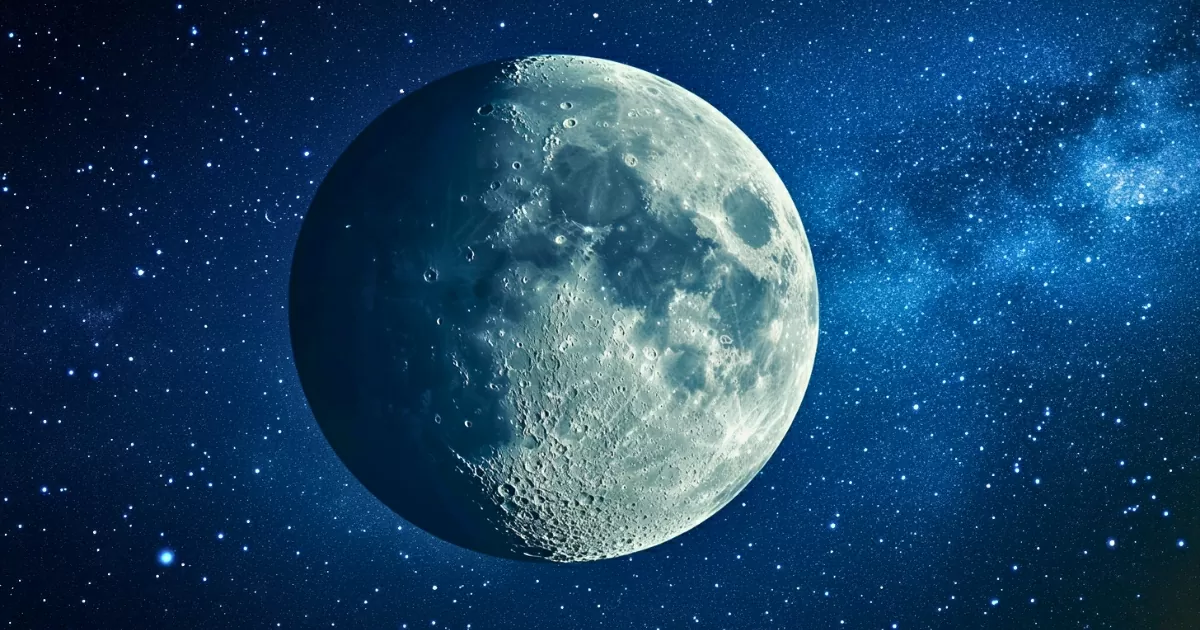Introduction
Earth is a miraculous planet in our solar system that supports life. Over 70% of its surface is covered in water, and it sits in the “Goldilocks zone” where liquid water and ice can coexist. The Moon, on the other hand, appears to be a dry celestial body at first glance. However, recent scientific research has revealed the presence of ice on the Moon’s surface. This discovery could significantly impact future space exploration and the establishment of bases on the Moon.
Discovery of Ice on the Moon
For many years, scientists believed the presence of water on the Moon was unlikely, as no water was detected in rock samples brought back by the Apollo missions. However, in 2008, India’s Moon probe Chandrayaan-1 obtained data suggesting the presence of water on the Moon’s surface. In 2009, NASA’s LCROSS spacecraft, which was intentionally crashed into the Moon, confirmed the existence of water ice in lunar craters.
In 2023, research using the Stratospheric Observatory for Infrared Astronomy (SOFIA) revealed that ice also exists on sunlit areas of the Moon’s surface, not just in craters. While the total amount and distribution of Moon ice are still unknown, it is believed to be far more abundant than initially thought.
Forms and Distribution of Moon Ice
Ice on the Moon is believed to exist primarily in the following forms:
- Ice: Mostly found in permanently shadowed craters in polar regions.
- Water molecules: Absorbed within lunar soil grains or trapped in glass beads formed by micrometeorite impacts.
- Hydroxyl groups (OH): Present in rocks and soil on the Moon.
While ice is concentrated mainly in polar regions, the 2023 SOFIA observations confirmed its presence in sunlit areas as well. This discovery indicates that the distribution of ice on the Moon is more extensive than previously thought.
Origins of Moon Ice
Several hypotheses have been proposed regarding the origins of ice on the Moon:
- Comet impacts: Similar to how some of Earth’s oceans were formed, water may have been delivered to the Moon through comet impacts.
- Ancient volcanic activity: Water vapor released by volcanic eruptions on the Moon billions of years ago may have settled as frost on the surface, accumulating particularly in polar regions.
Utilization and Challenges of Moon Ice
Utilizing local ice resources is crucial for establishing bases on the Moon and enabling long-term stays. As transporting water from Earth is extremely costly, technologies to utilize Moon ice are being developed.

Water will be a critical need for astronauts living in Moon colonies.
Ice Usage Methods
- Drinking water: Ice on the Moon mixed with soil particles and other molecules requires purification for drinking. This process demands considerable effort and resources. Developing advanced purification technologies is challenging due to the high level of impurities in ice on the Moon.
- Fuel and oxygen production: Ice can be split into hydrogen and oxygen to produce rocket fuel and breathable oxygen. While solar-powered electrolysis of ice is considered feasible, developing efficient decomposition techniques is necessary.
Realizing these utilization methods requires overcoming numerous technical challenges, such as developing equipment that can function in the harsh environment on the Moon and operating efficiently with limited energy sources.
Importance of Environmental Stewardship and Concrete Measures
Development on the Moon requires decades of effort, enormous costs, international cooperation, and new technology development. However, protecting the billions-year-old environment on the Moon is also a crucial issue while advancing development.
Learning from Earth’s environmental problems, specific measures are needed to prevent destruction and pollution of the Moon’s environment. For example:
- Limiting activity areas: Restrict human activities on the Moon to protect unexplored regions.
- Establishing waste management methods: Properly handle waste on the Moon to minimize environmental impact.
- Sustainable resource use: Manage ice and other resources on the Moon from a long-term perspective without overexploitation.
- Implementing international regulations: Create international agreements for environmental protection on the Moon and monitor activities of each country.
- Conducting environmental impact assessments: Evaluate the impact of activities on the Moon’s environment in advance and take necessary measures.
It is crucial to proceed with development on the Moon responsibly, balancing scientific exploration with environmental stewardship to ensure the preservation of the Moon’s unique environment for future generations.
Conclusion
The discovery of ice on the Moon opens new frontiers in space exploration while also raising important environmental stewardship issues. As we work towards building bases on the Moon and enabling long-term stays, we must develop technologies to utilize ice resources while giving due consideration to protecting the Moon’s environment.
Balancing scientific exploration and environmental stewardship will be a major challenge as humanity advances development on the Moon. Human activities on extraterrestrial bodies must be conducted in a sustainable and responsible manner.
Research on Moon ice not only shows us new possibilities in space but also reminds us of the importance of addressing environmental issues on Earth. Balancing space development and environmental stewardship will be a new frontier that tests human wisdom. By working together as an international community to address this challenge, we can responsibly usher in a new era of space exploration, ensuring that our ventures into the cosmos are both pioneering and environmentally conscious.


